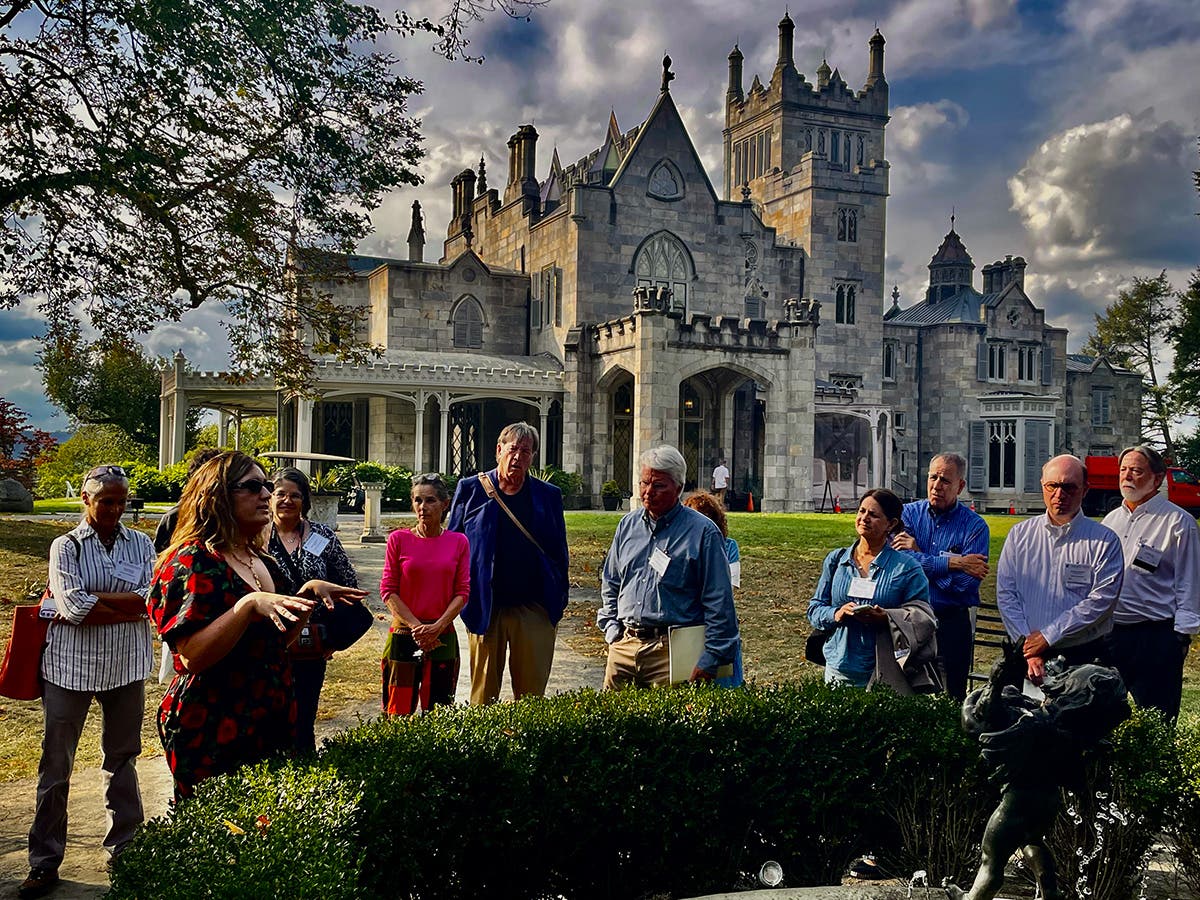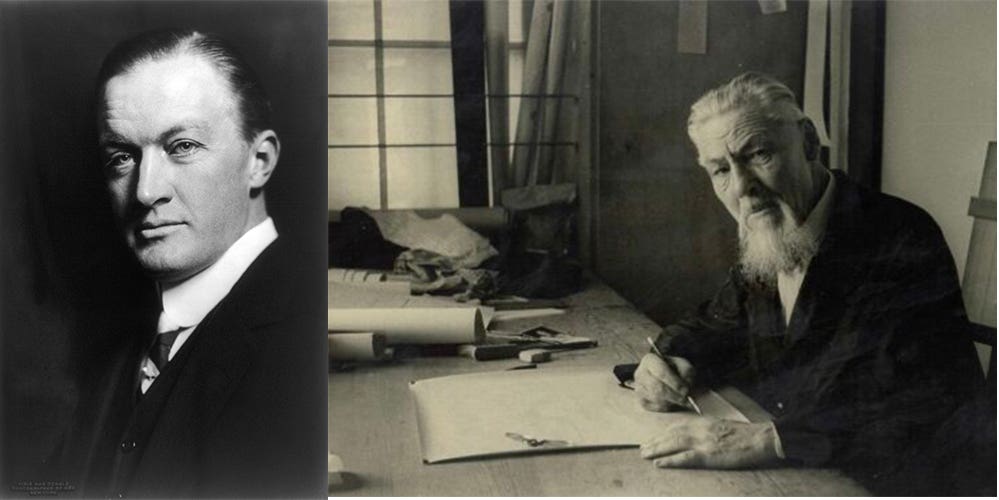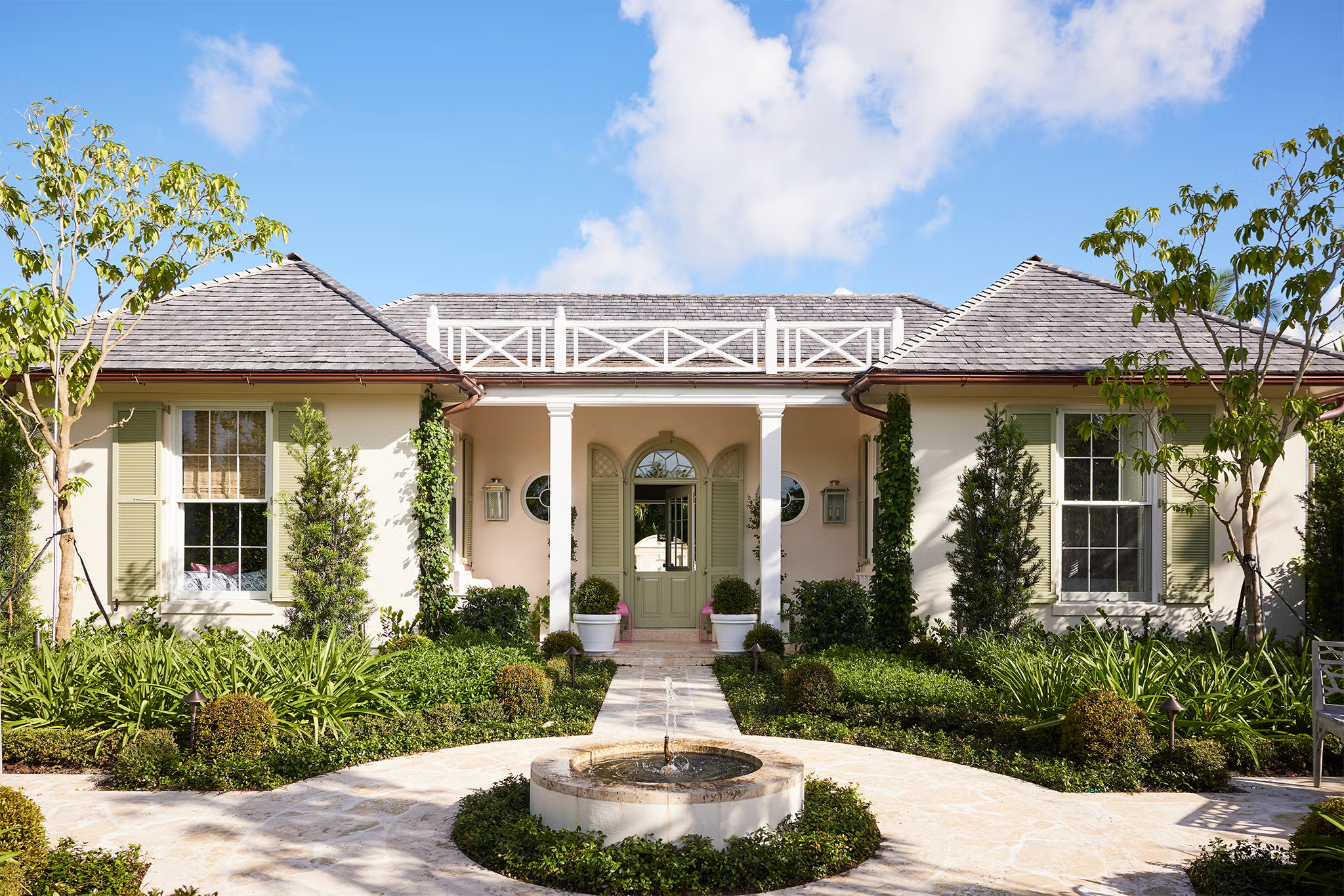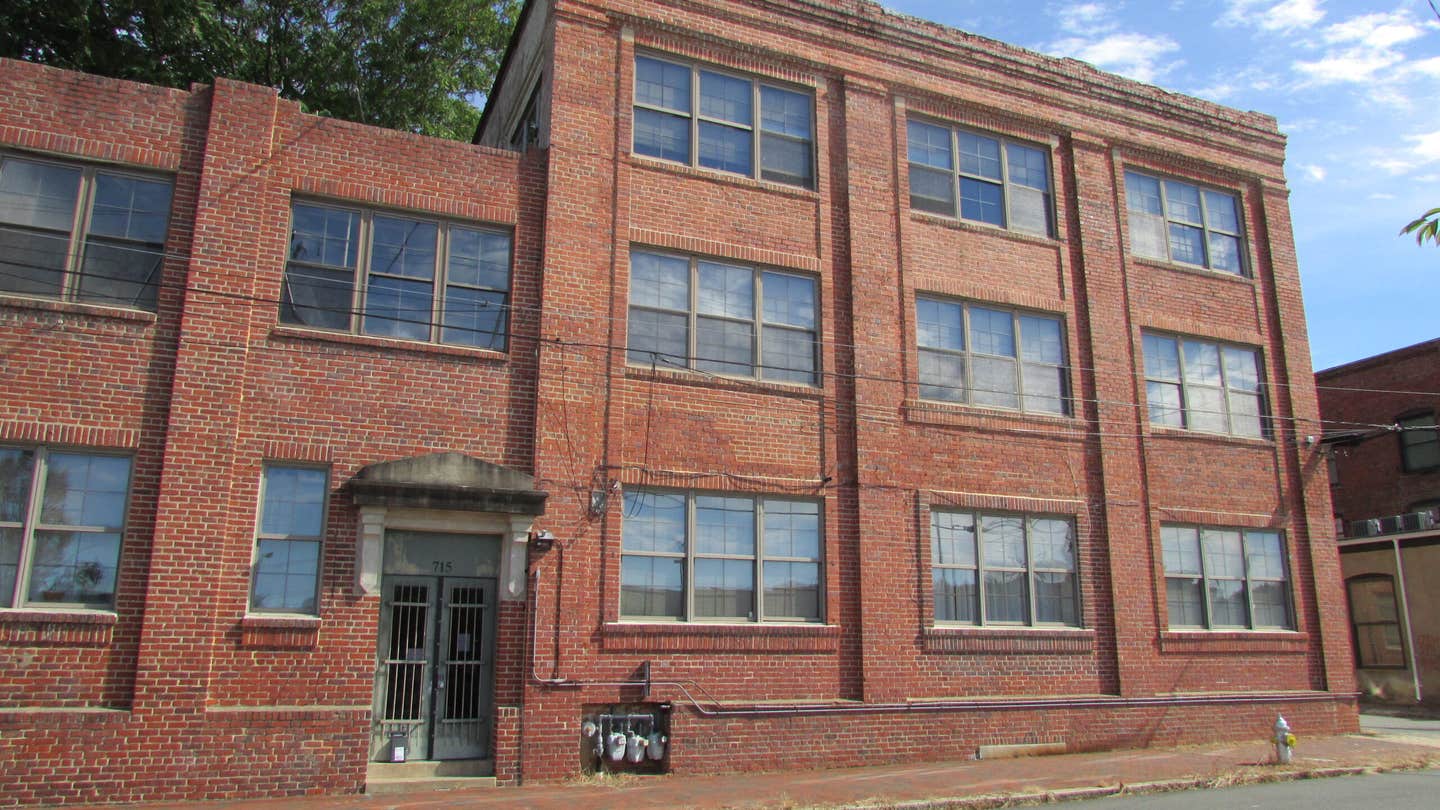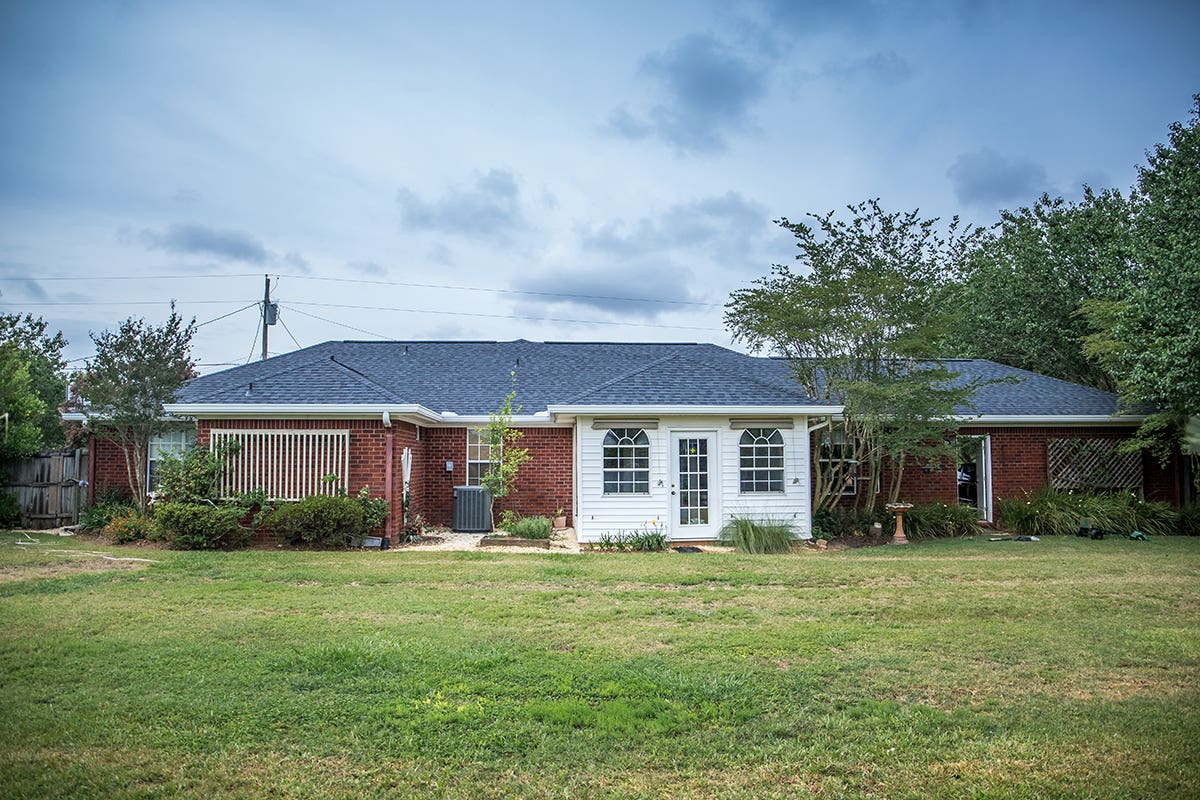
Peter Miller
Old House Affordability and the Remodeling Opportunity
A recent press release from the American Institute of Architects Chief Economist, Kermit Baker headlines: “Renovation claims 50% share of architecture firm billings for the first time.”
First time? We have plenty of evidence that renovation and restoration work, now an estimated $400 billion market for residential alone, has ALWAYS been 50% of the total construction pie. AIA’s PR release goes on to say, “reconstruction is an underappreciated segment in design and construction, partially because it’s difficult to track these projects.”
The chart below shows how renovations, rehabilitations, additions and historic preservation have been a growing share of design activity. In the past, there has been a discrepancy between what general contractors report about their construction activity and what architects report, the latter reporting more renovation activity. AIA’s economist Kermit Baker explains this: “architects are the only source I’ve seen who have a real handle on what’s going on in this area because general contractors are not engaged in these (renovation) projects. If you’re doing systems upgrade or a lighting upgrade, owners may just use a sub-contractor and bypass the general contractor. This is one of the major reasons why renovation and restorations are so underreported.”
AIA’s report goes on to tell us that total private spending on both new construction and remodeling was $1.6 trillion over the last ten years, increasing every year. What is driving renovations are adaptive use (25%); interior modernization (25%); tenant fit outs (18%); additions (10%) upgrades to the shell or systems (10%) and historic preservation (3%).
Renovation work spiked during the pandemic as restaurants and offices reconfigured for better circulation and homeowners were spending more time at home. But this is not the biggest reason for the R&R market’s growth. Nor are energy retrofits, motivated by the high cost of fuel or improving resiliency for bad weather and rising tides. These renovation activities account for 3.8% and 1.6%, respectively …of the AIA’s survey respondent’s work.
“As far as our respondents are concerned, this rebalancing of new construction versus reconstruction is a much bigger trend than the acute demands of the pandemic would suggest,” exclaims Baker. “As a country, and as design and construction industries, we’re finding that the opportunity to adapt or renovate what we already have is at least as appealing as starting anew on a site.”
The National Association of Home Builders' Chief Economist Robert Dietz agrees with AIA’s Kermit Baker but cites his own research and that of the U.S. Census. “Remodeling is and will the most buoyant segment of the construction industry,” Dietz told us at a recent NAHB Building Systems Council Summit in Atlanta. He said this during a housing economic forecast presentation about residential new construction which has recorded nine consecutive months of declines.
The NAHB forecast for residential remodeling shows a 13% year-over-year increase in 2021 and another 7% increase this year. In 2023, NAHB predicts 6% growth for residential remodeling, driven in large part by gains in home equity.
“We’re in the midst of a soft recession,” Dietz told us, as he lamented the Federal Reserve’s fiscal policy to raise interest rates, up now over 6%. His forecast for this year is for 981,000 new single-family housing starts, down from 1,131,000 last year. To be sure, higher interest rates make it more difficult for homebuyers to afford a mortgage, but so do rising prices for construction materials, land, government regulations and local zoning restrictions.
One of the most surprising statistics in Robert Dietz’s presentation was the number of single-family homes built for rent. Including investor funded starts, single-family home construction for rent is 4.6% of the total SF market. The multifamily construction market is up 18% in 2022 with an estimated 561,000 units this year.
A few days after I attended NAHB’s Summit in Atlanta, I read a New York Times article by Emily Badger titled, “Whatever Happened to the Starter Home?” Badger explains the disconnect between what the homebuyer market wants and what home builders build. Single family homes are getting bigger, a disproportionate number above 5,000 square feet, whereas many first-time home buyers can only afford houses under 1,500 square feet.
Badger sites the difference between homes built in the 1940s and homes built today. “Nationwide, the small, detached house has all but vanished from new construction. Only 8% of new single-family homes today are 1,400 square feet or less. In the 1940s according to Core Logic, nearly 70% of new houses were that small.”
Gone today are the starter homes of the 20th century: bungalows, shotgun homes, ramblers and split levels. “A little Levittown house, the prototypical post-war suburban starter home now sells, with a few updates for $550,000,” Badger writes. “The economics of the housing market, and the local rules that shape it, have dictated that many small homes are replaced by McMansions, or that their moderate-income residents are replaced by wealthier ones. “
Our past can inform the present. Building new houses, the old way, if zoning were to allow it, can help solve the housing affordability problem. And fixing up an affordable old house, rather than tearing it down, preserves historic character and the American dream.
Peter H. Miller, Hon. AIA, is the publisher and President of TRADITIONAL BUILDING, PERIOD HOMES and the Traditional Building Conference Series, and podcast host for Building Tradition, Active Interest Media's business to business media platform. AIM also publishes OLD HOUSE JOURNAL; NEW OLD HOUSE; FINE HOMEBUILDING; ARTS and CRAFTS HOMES; TIMBER HOME LIVING; ARTISAN HOMES; FINE GARDENING and HORTICULTURE. The Home Group integrated media portfolio serves over 50 million architects, builders, craftspeople, interior designers, building owners, homeowners and home buyers.
Pete lives in a classic Sears house, a Craftsman-style Four Square built in 1924, which he has lovingly restored over a period of 30 years. Resting on a bluff near the Potomac River in Washington, D.C., just four miles from the White House, Pete’s home is part of the Palisades neighborhood, which used to be a summer retreat for the District’s over-heated denizens.
Before joining Active Interest Media (AIM), Pete co-founded Restore Media in 2000 which was sold to AIM in 2012. Before this, Pete spent 17 years at trade publishing giant Hanley Wood, where he helped launch the Remodeling Show, the first trade conference and exhibition aimed at the business needs and interests of professional remodeling contractors. He was also publisher of Hanley Wood’s Remodeling, Custom Home, and Kitchen and Bath Showroom magazines and was the creator of Remodeling’s Big 50 Conference (now called the Leadership Conference).
Pete participates actively with the American Institute of Architects’ Historic Resources Committee and also serves as President of the Washington Mid Atlantic Chapter of the Institute of Classical Architecture & Art. He is a long-time member of the National Trust for Historic Preservation and an enthusiastic advocate for urbanism, the revitalization of historic neighborhoods and the benefits of sustainability, including the adaptive reuse of historic buildings.




